The Best Companion Plants For Cardinal Flowers
Title: The Best Companion Plants for Cardinal Flowers
Introduction:
Cardinal flowers are a beautiful addition to any garden, but they can also be a bit fussy. They need moist, well-drained soil and full sun to thrive. However, if you choose the right companion plants, you can help to create a thriving ecosystem in your garden that will benefit both the cardinal flowers and the other plants.
Main Content:
There are a number of different plants that can be good companion plants for cardinal flowers. Some of the best include:
- Swamp milkweed: This plant is a host plant for monarch butterflies, so it's a great way to attract these beautiful creatures to your garden. It also blooms in the same season as cardinal flowers, so it will help to extend the bloom time in your garden.

- Blue lobelia: This plant has blue flowers that contrast beautifully with the red cardinal flowers. It also blooms in the same season, so it's a great way to add some color to your garden.
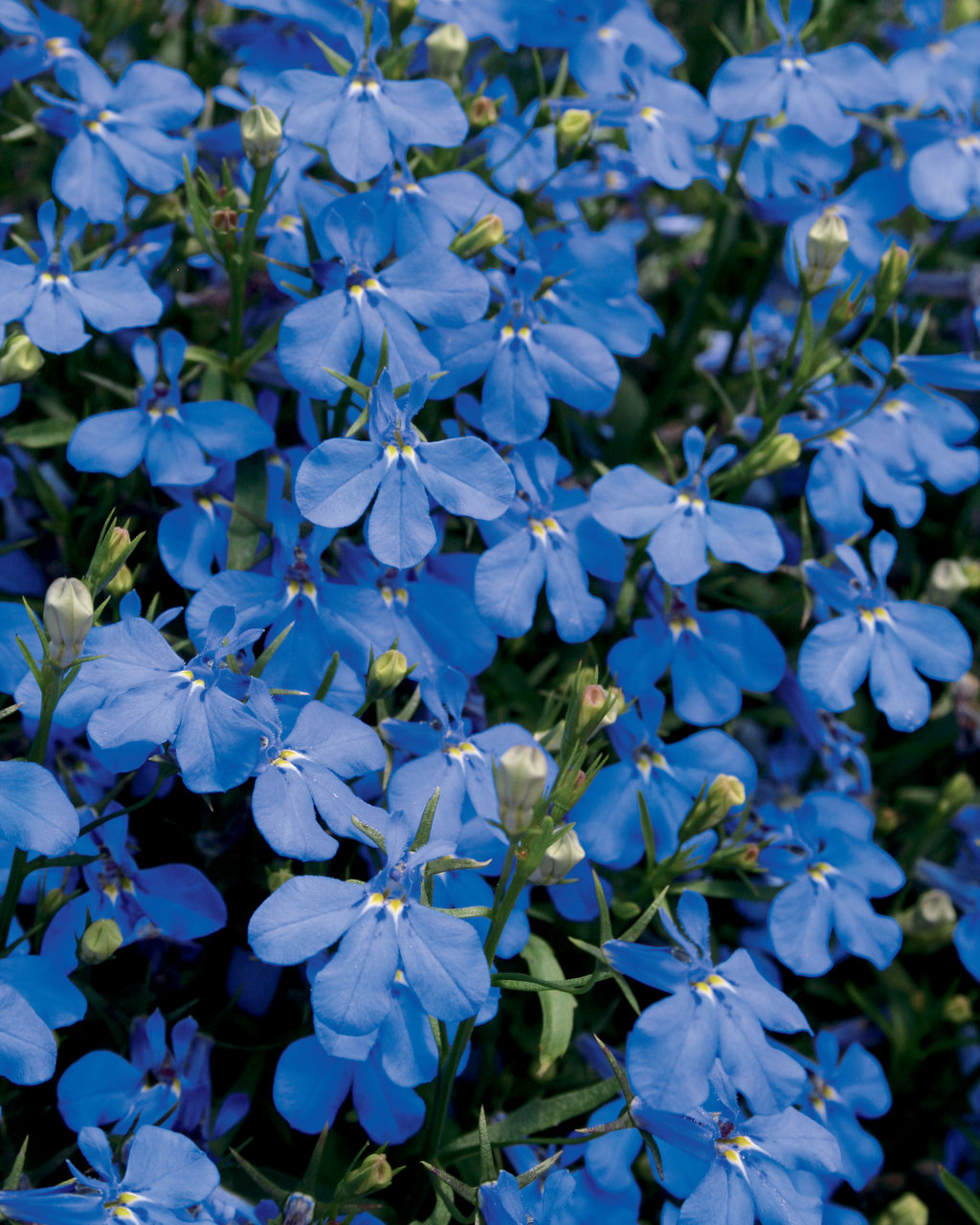
- Coneflowers: There are many different varieties of coneflowers, and they all make great companion plants for cardinal flowers. They come in a variety of colors, so you can choose ones that will complement the red cardinal flowers.
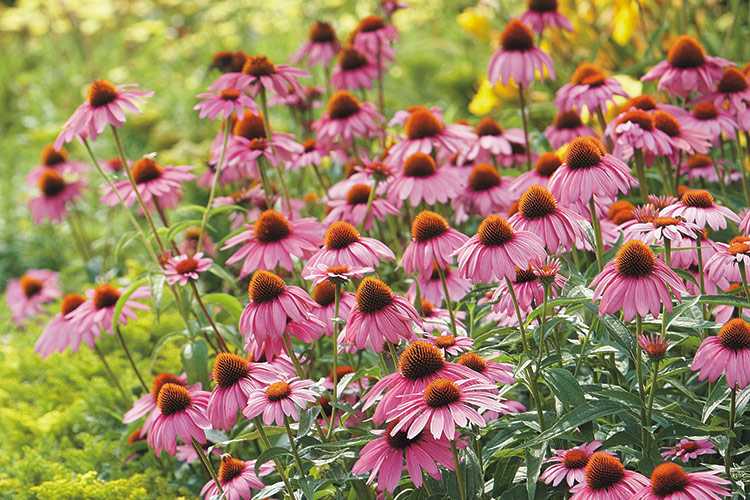
- Black-eyed Susans: These bright yellow flowers are another great choice for companion plants for cardinal flowers. They bloom in the same season, and they attract a variety of pollinators.
- Butterfly weed: This plant is another host plant for monarch butterflies, so it's a great way to attract these beautiful creatures to your garden. It also blooms in the same season as cardinal flowers, so it will help to extend the bloom time in your garden.

In addition to these plants, there are a number of other plants that can be good companion plants for cardinal flowers. Some of these include:
- Turtlehead: This plant has pink or white flowers that bloom in the summer. It's a good choice for shady areas, and it helps to attract butterflies and hummingbirds.
- Wild bergamot: This plant has lavender flowers that bloom in the summer. It's a good choice for sunny areas, and it helps to attract butterflies and bees.
- Aster: This plant has a variety of colors, and it blooms in the fall. It's a good choice for sunny areas, and it helps to attract butterflies and bees.
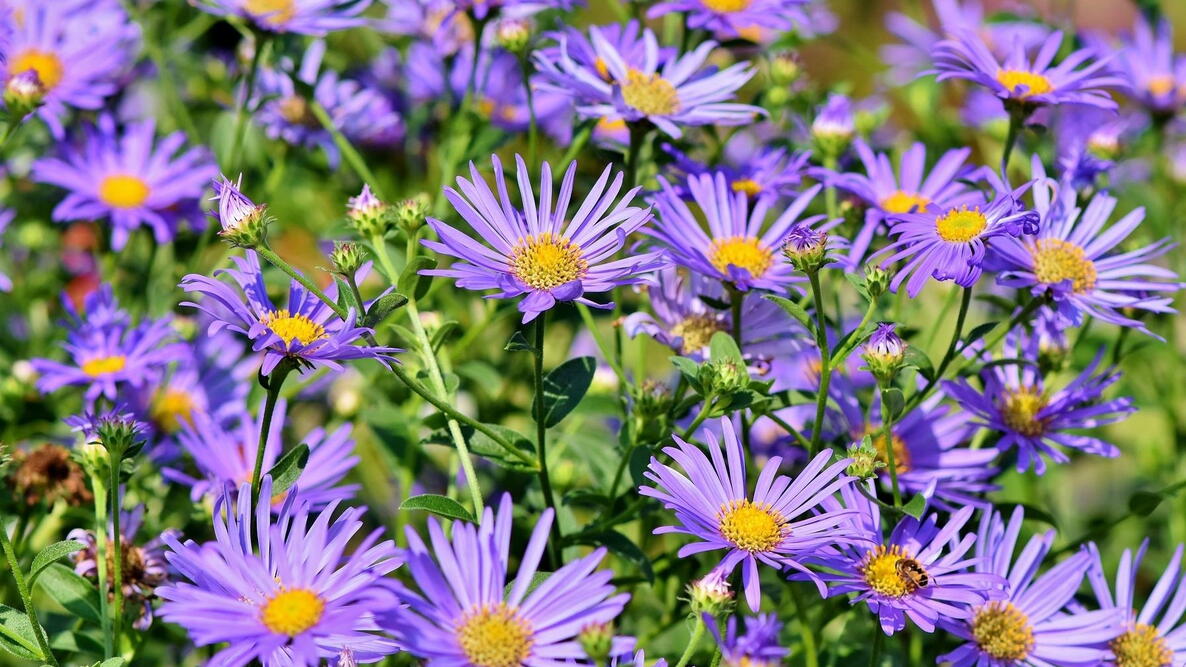
Conclusion:
By choosing the right companion plants for cardinal flowers, you can help to create a thriving ecosystem in your garden that will benefit both the cardinal flowers and the other plants. These plants will help to attract pollinators, provide food and shelter for wildlife, and help to prevent erosion. So if you're looking for ways to improve your garden, consider adding some of these companion plants to your landscape.
Cardinal flowers are a beautiful addition to any garden, but they can be even more stunning when paired with the right companion plants. Some good choices include:
- Blue lobelia
- Swamp milkweed
- Monkey flower
- Bristly buttercup
- Wild iris
- Swamp rose
- Great blue lobelia
- Orange coneflower
- Ageratum
- Vervain
These plants all complement the vibrant red color of cardinal flowers, and they also share similar growing conditions. For example, all of these plants prefer moist, well-drained soil and full to partial sun.
To learn more about cardinal flower companion plants, visit Garden Wiki. This website has a comprehensive list of plants that pair well with cardinal flowers, as well as tips on how to plant and care for these beautiful flowers.
FAQ of cardinal flower companion plants
What are some good companion plants for cardinal flowers?
Cardinal flowers are a beautiful addition to any garden, but they can also be a bit of a diva. They need moist, well-drained soil and full sun to thrive. If you're looking for companion plants that will help your cardinal flowers thrive, here are a few good options:
- Swamp milkweed: This native plant is a great choice for companion planting with cardinal flowers. It blooms at the same time as cardinal flowers, and it provides food for monarch butterfly larvae.
- Joe Pye weed: This tall, showy plant is another good option for companion planting with cardinal flowers. It blooms in late summer, and it attracts a variety of butterflies and other pollinators.
- New York ironweed: This tall, stately plant is a great choice for background planting with cardinal flowers. It blooms in late summer, and it provides food for a variety of butterfly larvae.
- Great blue lobelia: This blue-flowered plant is a good choice for companion planting with cardinal flowers. It blooms in early summer, and it attracts a variety of butterflies and other pollinators.
- White turtlehead: This white-flowered plant is a good choice for companion planting with cardinal flowers. It blooms in late summer, and it attracts a variety of butterflies and other pollinators.
What are some plants that should not be planted near cardinal flowers?
There are a few plants that should not be planted near cardinal flowers. These plants include:
- Spotted water hemlock: This poisonous plant can be fatal if ingested.
- Bristly buttercup: This plant can cause skin irritation.
- Water parsnip: This plant can cause poisoning if ingested.
How do I start cardinal flower seeds?
Cardinal flower seeds can be started indoors or outdoors. If you're starting them indoors, sow the seeds in a pot of moist potting mix in late winter or early spring. Keep the soil moist, and the seeds should germinate in about 2 weeks. Once the seedlings have developed a few sets of leaves, transplant them into the garden.
If you're starting cardinal flower seeds outdoors, sow them directly in the garden in early spring. Space the seeds about 12 inches apart. Keep the soil moist, and the seeds should germinate in about 2 weeks.
What are some tips for caring for cardinal flowers?
Cardinal flowers are relatively easy to care for. Here are a few tips:
- Plant them in moist, well-drained soil.
- Give them full sun.
- Water them regularly, especially during hot, dry weather.
- Fertilize them once a month with a balanced fertilizer.
- Deadhead spent flowers to encourage new blooms.
What are some pests and diseases that can affect cardinal flowers?
Cardinal flowers are relatively resistant to pests and diseases. However, they can be susceptible to a few problems, including:
- Leaf spot: This fungal disease can cause brown spots on the leaves.
- Aphids: These small insects can suck the sap from the leaves, causing them to wilt and yellow.
- Spider mites: These tiny mites can also suck the sap from the leaves, causing them to become stippled and discolored.
If you see any signs of pests or diseases, take steps to control them immediately.
Image of cardinal flower companion plants
- Bee balm (Monarda): A tall, herbaceous perennial that blooms in shades of pink, lavender, and red. It attracts bees, butterflies, and hummingbirds.
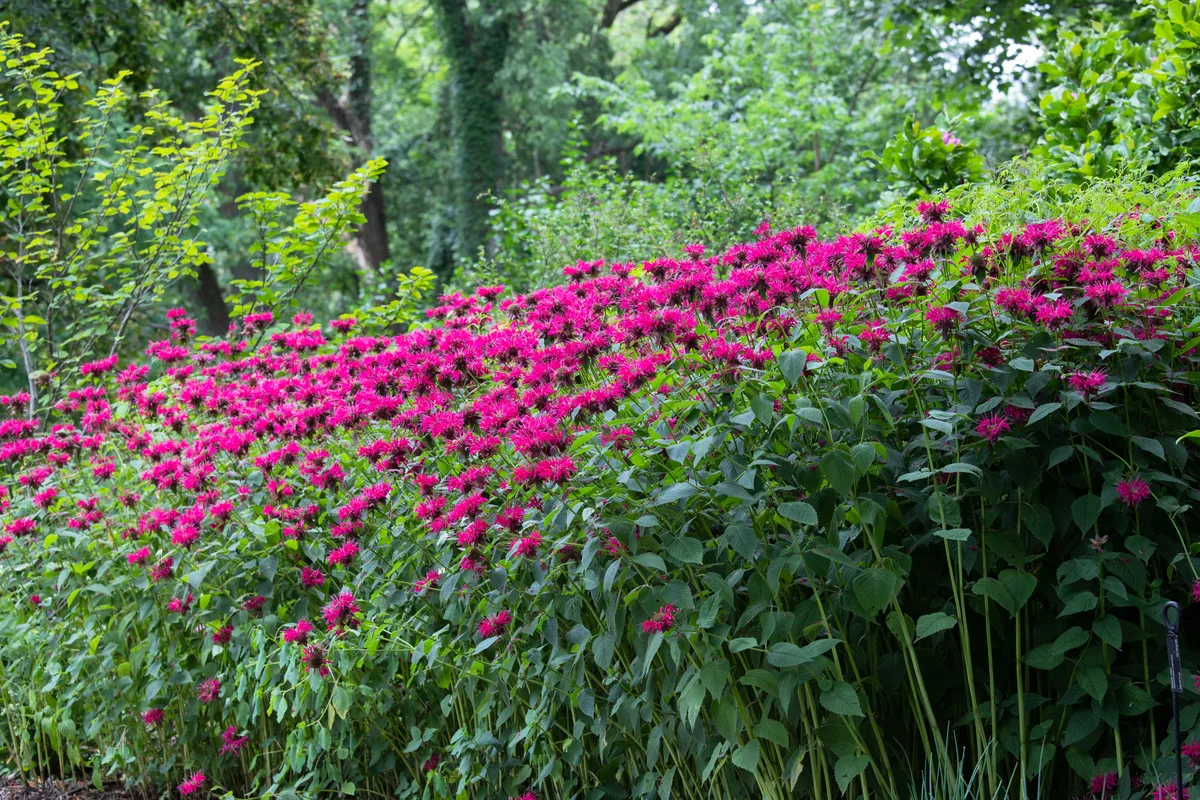
- Black-eyed Susan (Rudbeckia): A tall, daisy-like flower that blooms in shades of yellow, orange, and red. It attracts butterflies and other pollinators.

- Butterfly weed (Asclepias tuberosa): A tall, herbaceous perennial that blooms in shades of orange and yellow. It is a host plant for monarch butterflies.
- Columbine (Aquilegia): A short, herbaceous perennial that blooms in shades of blue, pink, and white. It attracts hummingbirds and butterflies.
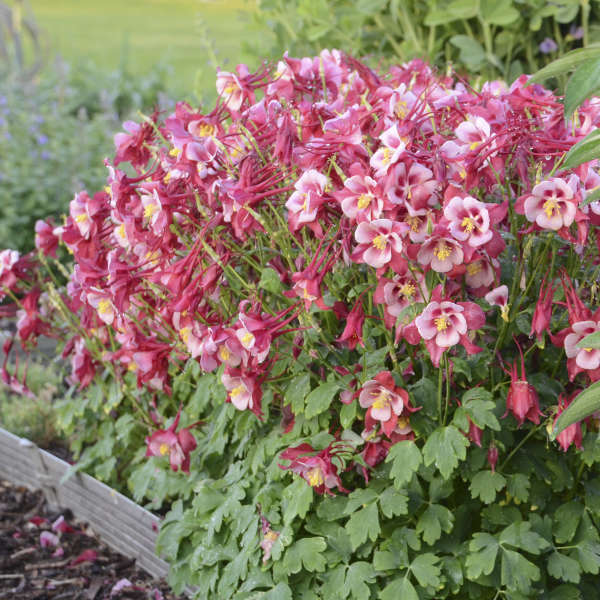
- Daylily (Hemerocallis): A long-lived, herbaceous perennial that blooms in a wide range of colors. It is drought-tolerant and easy to care for.
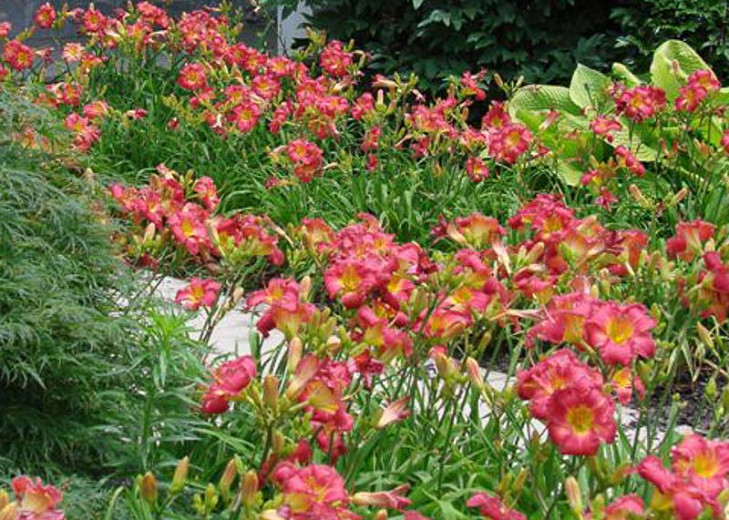
- Goldenrod (Solidago): A tall, herbaceous perennial that blooms in shades of yellow and gold. It attracts bees, butterflies, and other pollinators.

- Joe Pye weed (Eupatorium purpureum): A tall, herbaceous perennial that blooms in shades of pink, lavender, and purple. It attracts butterflies and other pollinators.
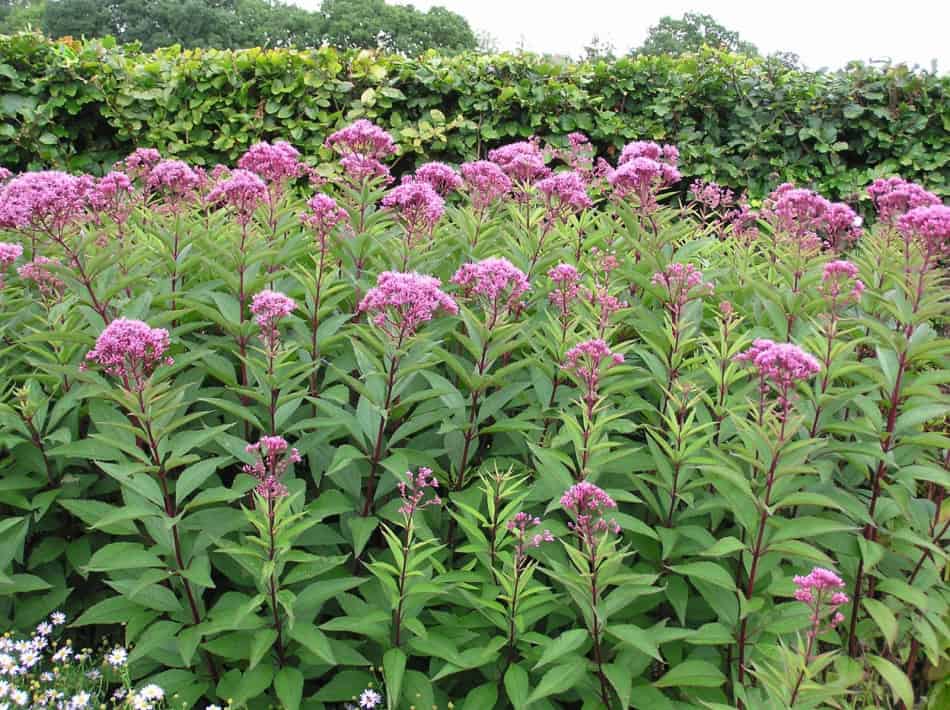
- Turtlehead (Chelone): A short, herbaceous perennial that blooms in shades of pink, lavender, and white. It attracts hummingbirds and butterflies.

- Veronica (Veronicastrum): A tall, herbaceous perennial that blooms in shades of blue, pink, and white. It attracts bees, butterflies, and other pollinators.
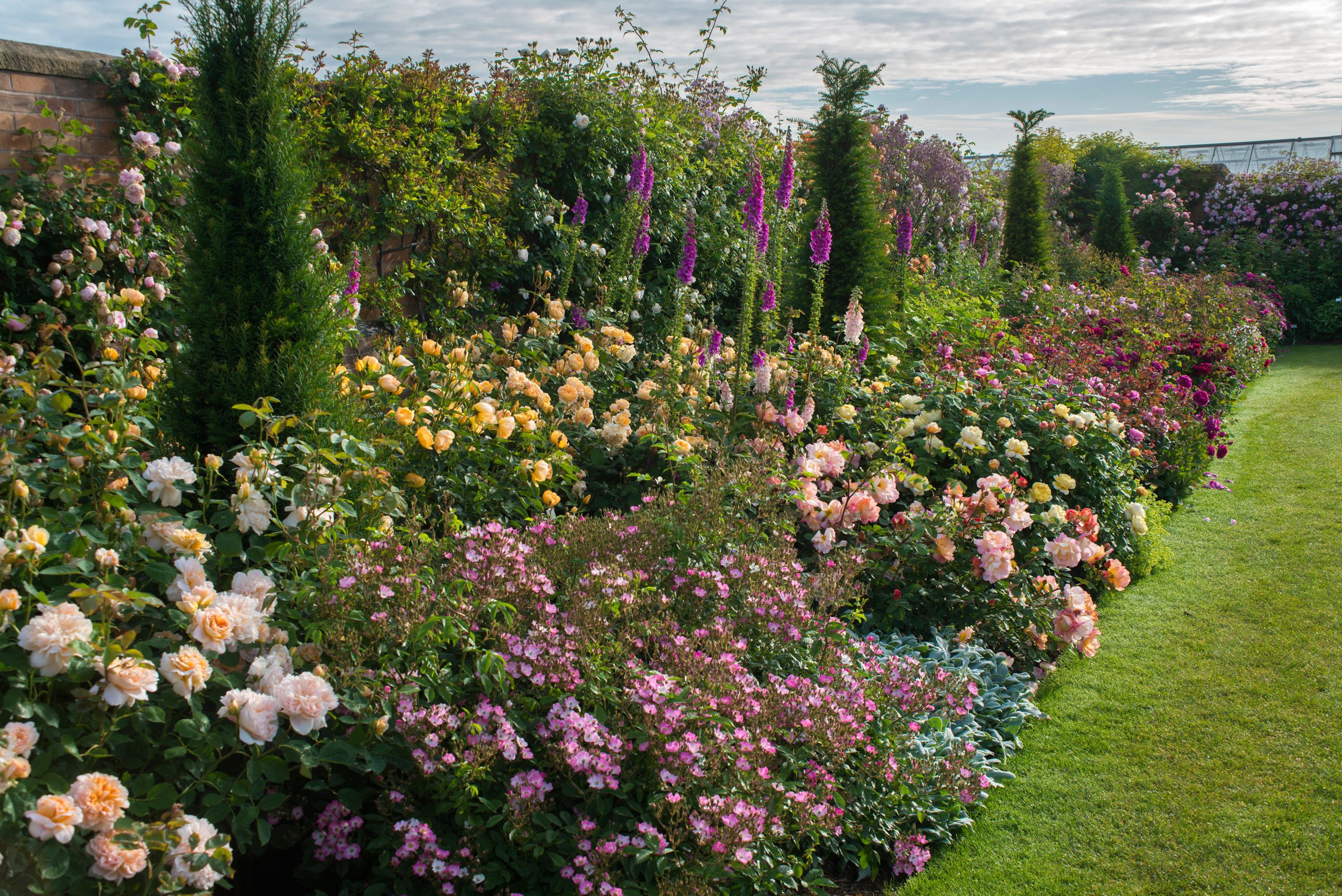
Post a Comment for "The Best Companion Plants For Cardinal Flowers"